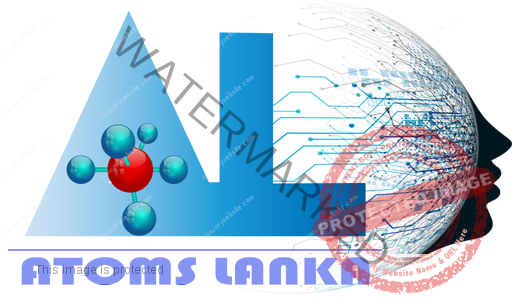
Lingrove’s carbon-negative wood alternative branches out with $10M round
These days even niche industries have concerned souls looking for more eco-friendly options for materials and processes, from washing machine waste to artificial wool. Lingrove is taking on laminates — thin layers of wood and other materials — with a carbon-negative option that they claim performs better while looking as good.
Laminates or veneers are common in every home and car: they’re the thin decorative wood or what have you that sits on top of the molded or printed body of a dashboard, appliance or even home trim. It’s ubiquitous and, unfortunately, not always sustainably sourced or manufactured.
Lingrove has developed a wood veneer alternative out of flax fiber and plant-based resins that’s carbon-negative yet results in a material they say is “very high stiffness, durable, and resistant,” i.e. to touch, temperature and other materials (like coffee). They call it “ekoa” — yes, in lowercase — and hope to make inroads in cars and other interior surfaces with a new $10 million funding round.
The Series B round was led by Lewis & Clark Agrifood and Diamond Edge Ventures, with participation from Bunge Ventures and SOSV.
The company contends that not only is its material better for the environment and as good or better in terms of strength and so on, but that it can positively affect air quality indoors. Recycled plastic and other repurposed materials are a popular use for things like cabinetry and trim, but they often lack the look, hardness or other qualities desirable for such surfaces, and in some cases can offgas considerable amounts (that’s your “new car smell”).

Image Credits: Lingrove
“We have a healthy-air, low-carbon, high-performing and beautiful product,” said CEO Joe Luttwak. “Using post industrial feedstock can, in some cases, be positive for the environment; however many of those byproducts are still emitting VOCs [volatile organic compounds] which are detrimental for indoor air quality, and they are not able to be made into high-performing materials.”
ekoa materials perform well, don’t seep weird gases into your kitchen or car’s cabin and look a lot like regular wood. It can be tweaked to have various shades or opacities, and generally has all the advantages that artificial laminates have while being carbon negative and can be ground up and reused when retired.

Image Credits: Lingrove
You may wonder, as I did, why not use actual wood — things like sawdust and wood chips already coming out of industrial wood-handling processes? These, Luttwak said, are perfectly good structural materials — i.e. what’s in the middle of a board — but are not decorative. There’s a reason MDF boards and the like tend to have at least one side covered by a veneer: the interior wood-glue mix isn’t attractive or particularly resistant to things like solvents and oils.
Veneers aren’t exactly the most high-profile or exciting business to take on, but it’s always encouraging to see innovation taking place in corners of industries where a smart alternative can scale to millions of products and make them at least a shade less wasteful.
The new investment should help take the startup from small-scale in-house manufacturing to meeting all their preorders and expanding into the automotive world.
Atoms Lanka Solutions






0 comments
Write a comment